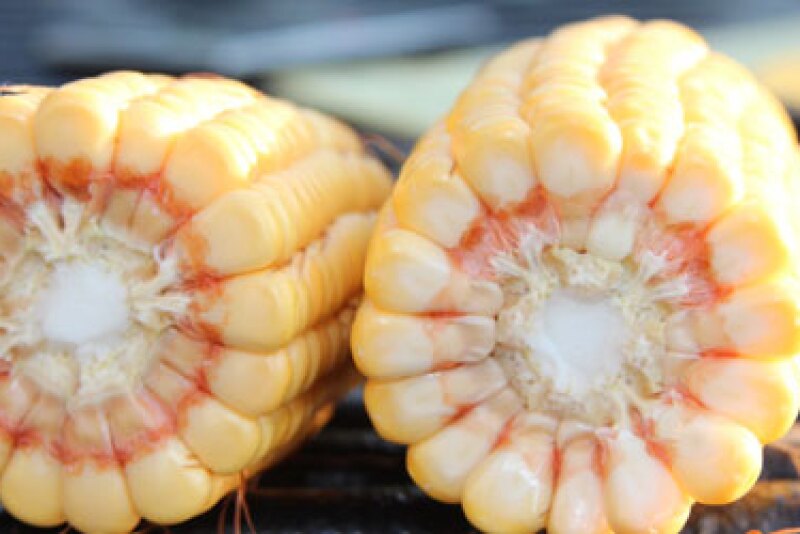The best was saved for last.What started as a disappointing week, concluded with much better corn in eastern Iowa while the soybean crop continued to shine.That is not to say that Iowa’s corn crop is without fault as southern rust was also seen, but it was not as prevalent as earlier in the week.
So, what does all this disease pressure mean to the 2025 corn crop?For one, it seems obvious that the USDA’s August yield of over 188 bpa will likely be the high watermark.Diseases like we saw this week from Indiana to Iowa will result in lower-than-expected test weight.While a typical bushel of corn weighs roughly 56 pounds, it is likely that much of what I saw will end up at least 4 -5 pounds lighter than the standard.This may not seem like much, but weight matters.If the average test weight is 4-5 pounds under norm, that will equate to a 7% “loss”, turning a 250 bpa field into something closer to 232.5 bpa.This will matter when the crop crosses the scale.
So, is this yield loss reversable this late in the game?The answer is maybe as it costs money to apply fungicide, money that many may not have, but it also depends on the maturity of the fields in question.
A lot of the rust infested fields we saw today had immature corn, so it may make a difference.However, Growing Degree Units are decreasing as days get shorter, which will likely cause the crop not to finish.Again, that will be a test weight issue.
In the September Crop Production report, we will see the first data from the USDA’s Objective Yield plots.However, in order to reflect a lower test weight, the samples from these so-called OY plots will need to be weighed at the NASS lab near St. Louis but that won’t happen until the corn matures.They point here is that while samples will be sent for inspection within a few weeks, the test weight issue, if there is one, will not be seen in lower yields until at least October and possibly November.That’s not to say that the impressive soybean crop is safe, as that one needs to finish also.
This was my 19th Crop Tour in the past 20 years, and each one is different.No one heading out Monday thought they would see the disease pressure as widespread as witnessed.There’s always a story out there and this one was an orange yield robber.
Thank you to all my fellow scouts and to you the farmer for allowing us the privilege of inspecting your crops.We understand there are some detractors out there, but we always attempt to be as respectful as possible when entering your fields.It is a privilege that we do not take lightly.I wish you all a safe harvest in the upcoming months.Until next time.

